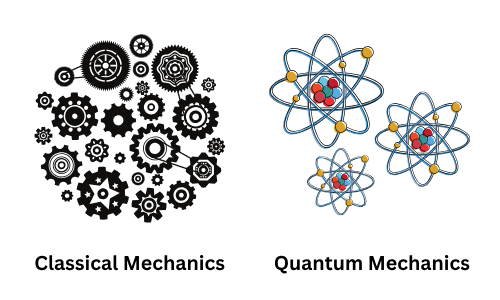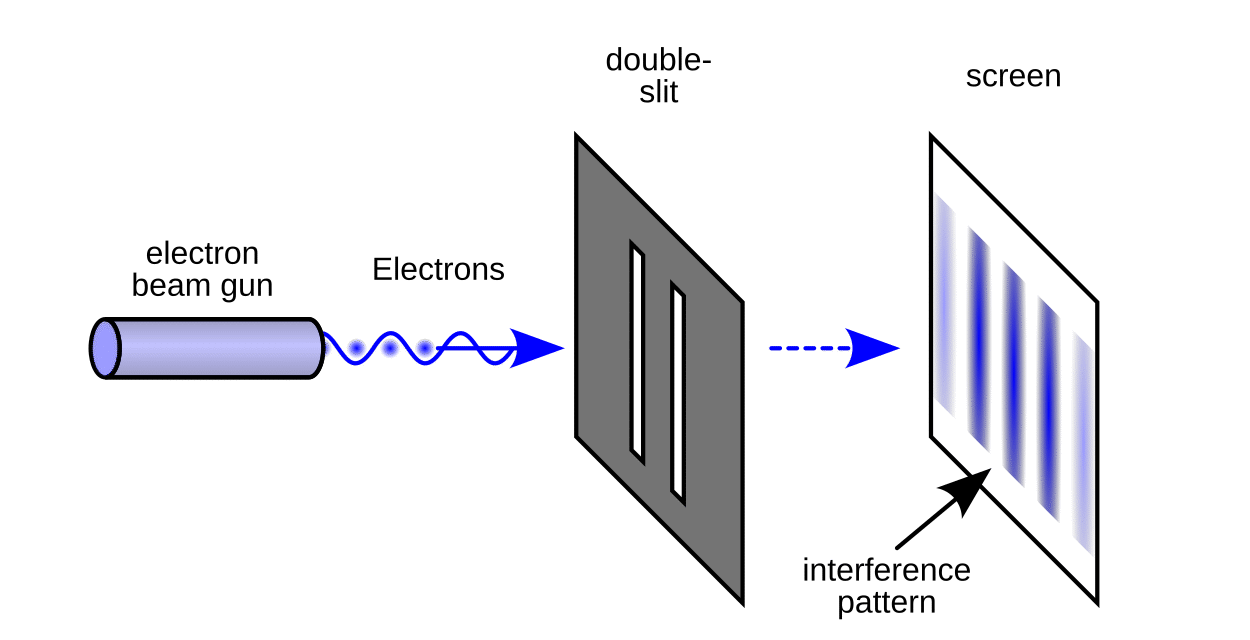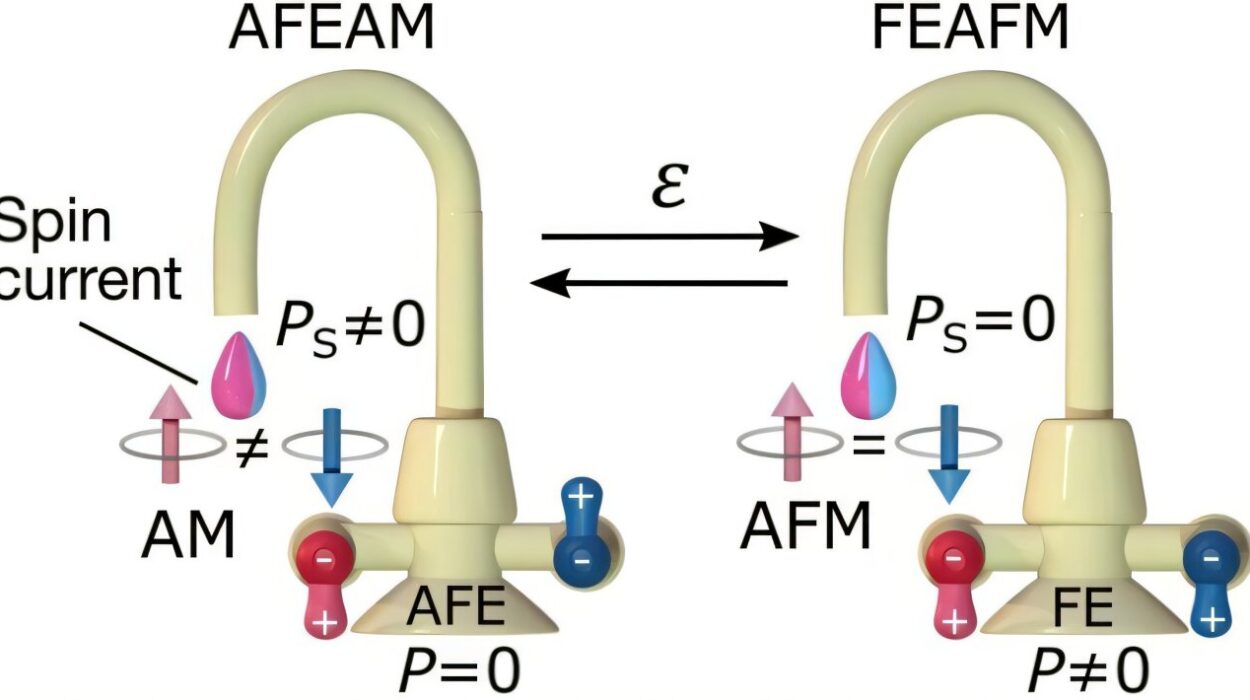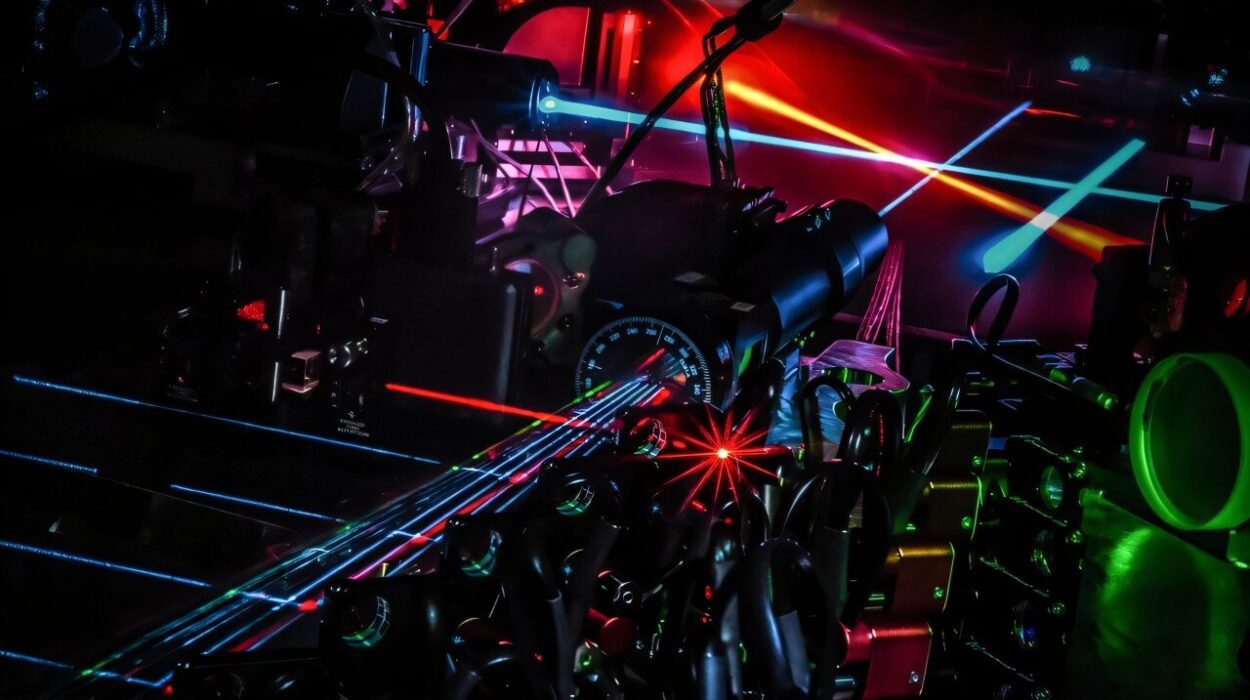Quantum mechanics is known for its delicate nature, where states exist in a superposition of possibilities until observed or measured. However, creating and observing these quantum states typically requires extremely controlled environments—specifically, very low temperatures to reduce thermal noise and ensure that quantum effects prevail. This has long presented a significant challenge for scientists aiming to harness quantum mechanics for practical technologies. Yet, a recent breakthrough by a team from Innsbruck, Austria, is changing this perspective. They have demonstrated, for the first time, the creation of so-called hot Schrödinger cat states under conditions much warmer than previously thought possible. Their work, published in Science Advances, opens new doors for exploring and utilizing quantum phenomena in more practical, less idealized environments.
The Schrödinger Cat State: A Glimpse into Quantum Paradoxes
Schrödinger cat states are a remarkable concept in quantum physics that defy our classical understanding of reality. Named after the famous thought experiment proposed by physicist Erwin Schrödinger in 1935, a Schrödinger cat state is an example of quantum superposition. Schrödinger famously envisioned a cat inside a box, with a quantum mechanism that could either release poison to kill the cat or not. According to quantum mechanics, the cat would exist in a superposition—simultaneously alive and dead—until observed. This paradox highlights the peculiar and counterintuitive nature of quantum systems, where particles can exist in multiple states at once, and their final state depends on the act of measurement.
In the real world, these bizarre superpositions have been observed not in cats, but in much smaller quantum systems, such as atoms, molecules, or electromagnetic resonators. In these systems, researchers have been able to create conditions where quantum objects exhibit behaviors akin to Schrödinger’s cat—existing in two distinct quantum states at once, such as being in two different positions, or oscillating in two different states simultaneously. Historically, these quantum superpositions were achieved by cooling the system to its lowest energy state—the “ground state”—which minimizes thermal vibrations and brings quantum effects to the forefront.
However, this has always required creating ultra-cold environments that are far removed from everyday temperatures, a process that is not only technically challenging but also makes scaling quantum technologies difficult for real-world applications.
A Hotter Take on Quantum Superposition: The Innsbruck Breakthrough
This new study challenges that paradigm. The team, led by Gerhard Kirchmair and Oriol Romero-Isart from the University of Innsbruck, has shown that it is possible to create Schrödinger cat states without needing to cool the quantum system to its lowest possible energy state. Instead, the researchers achieved quantum superposition using thermally excited states—those that are warmer and not at absolute zero.
“We wanted to know whether these quantum effects can also be generated if we don’t start from the ‘cold’ ground state,” explains Kirchmair, a key figure in the Department of Experimental Physics at the University of Innsbruck and the Institute of Quantum Optics and Quantum Information (IQOQI) of the Austrian Academy of Sciences (ÖAW).
Using a transmon qubit—a type of superconducting qubit that is central to many quantum computing systems—the researchers placed it in a microwave resonator, a cavity used to create quantum effects. They managed to create these quantum superpositions at a temperature of 1.8 Kelvin, a relatively high temperature when compared to the near absolute zero conditions typically required for such experiments. In fact, 1.8 Kelvin is a staggering 60 times hotter than the ambient temperature in the cavity.
Despite the increase in temperature, the researchers observed distinct quantum properties, including interference patterns typical of Schrödinger cat states, which are usually associated with much colder systems.
The Two Key Protocols Behind the Discovery
The research team used two special protocols to achieve this remarkable result. These protocols, developed to generate cat states starting from the ground state of a quantum system, were adapted and applied to the higher, thermally excited states of the system. The protocols were able to create the cat states even at these elevated temperatures, producing quantum interferences that are a hallmark of Schrödinger’s thought experiment.
“It’s remarkable that these adapted protocols also work at higher temperatures, generating distinct quantum interferences,” says Oriol Romero-Isart, who was previously a professor at the University of Innsbruck and a research group leader at IQOQI before becoming the director of the Institute of Photonic Sciences (ICFO) in Barcelona.
The findings suggest that the coherence necessary for observing quantum superposition can persist even in environments that are less perfect than the nearly pristine, ultra-cold conditions that were previously thought to be required. This opens up new possibilities for creating and using quantum superpositions in systems where cooling to the ground state might be technically challenging, such as in larger nanomechanical oscillators or other quantum systems that are not easily cooled.
Quantum States at Higher Temperatures: A Revolutionary Concept
The significance of this discovery lies in its implications for the future of quantum technologies. Traditionally, temperature has been seen as the enemy of quantum states. As temperatures rise, thermal energy increases, introducing noise and reducing the coherence needed for quantum effects to manifest. The general assumption was that temperature would inherently destroy quantum phenomena. As Thomas Agrenius, a member of the research team who helped develop the theoretical framework for the experiment, puts it: “Many of our colleagues were surprised when we first told them about our results, because we usually think of temperature as something that destroys quantum effects.”
However, the Innsbruck team’s work challenges this assumption. Their results demonstrate that quantum coherence can survive even at higher temperatures, suggesting that the barriers to realizing and utilizing quantum phenomena may be lower than previously expected.
For quantum technologies—such as quantum computing, quantum communication, and quantum sensing—this breakthrough is crucial. One of the most significant challenges in scaling up quantum systems has been the difficulty in maintaining quantum coherence in larger, more complex systems. By proving that quantum superpositions can exist at higher temperatures, this research opens the door to building more robust and scalable quantum devices that could function in less ideal, warmer environments.
“If we can create the necessary interactions in a system, the temperature ultimately doesn’t matter,” Kirchmair emphasizes. The ability to generate and use quantum superpositions in warmer conditions could be a game-changer, making quantum technologies more accessible and practical for real-world applications.
Broader Implications for the Future of Quantum Physics
Beyond its immediate relevance to quantum technologies, the findings from Innsbruck may also lead to new insights into the fundamental nature of quantum mechanics. Quantum superpositions, such as Schrödinger cat states, are a window into the strange, non-intuitive behavior of the quantum world. The ability to create and control these superpositions in less ideal conditions could pave the way for deeper investigations into the boundaries between quantum and classical physics.
Moreover, the research provides new avenues for the study of nanomechanical systems, where thermal effects often present significant challenges. These systems, which are increasingly being studied for their potential applications in quantum sensing and information storage, can benefit from the discovery that quantum coherence can persist at higher temperatures.
In essence, the Innsbruck team has shown that quantum states can exist and be harnessed in more practical, less ideal conditions than we previously thought. Their work suggests that the future of quantum technology might not require us to artificially create near absolute-zero environments, which would drastically reduce the technical challenges and costs involved in scaling up quantum systems.
Conclusion
The creation of hot Schrödinger cat states marks a major milestone in the field of quantum physics. By demonstrating that quantum superpositions can be achieved in thermally excited states at higher temperatures, the Innsbruck team has opened new possibilities for the development of quantum technologies that are more robust and practical. This breakthrough not only challenges conventional wisdom about the relationship between temperature and quantum phenomena but also brings us closer to realizing the full potential of quantum mechanics in everyday applications. As we move forward, this discovery will undoubtedly be a key step in building the next generation of quantum devices that can operate in real-world environments, unlocking new frontiers in science and technology.
Reference: Ian Yang et al, Hot Schrödinger Cat States, Science Advances (2025). DOI: 10.1126/sciadv.adr4492. www.science.org/doi/10.1126/sciadv.adr4492






